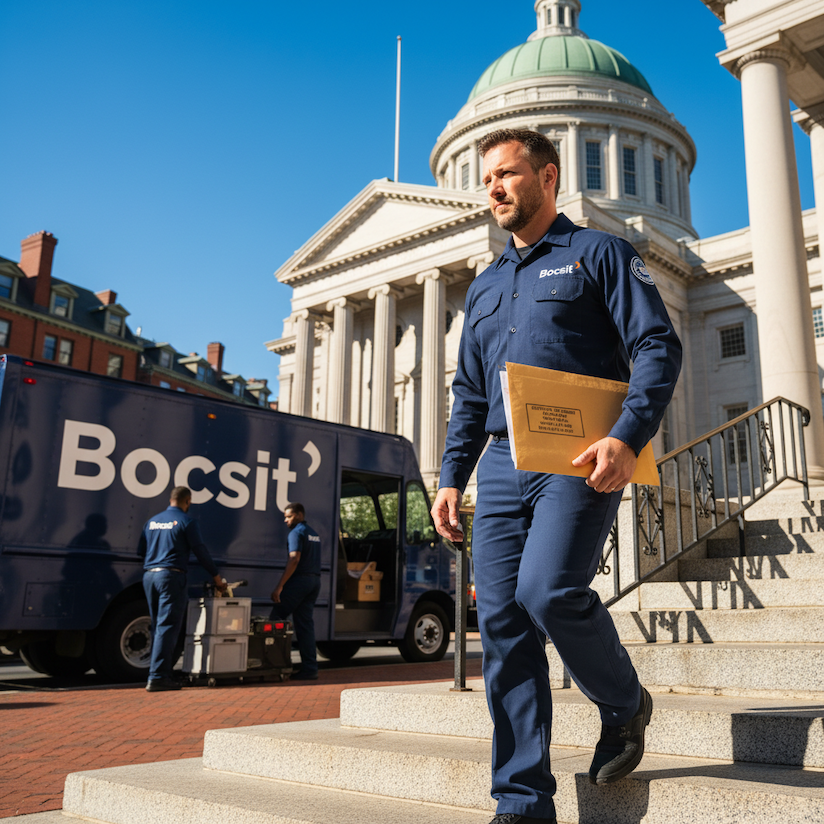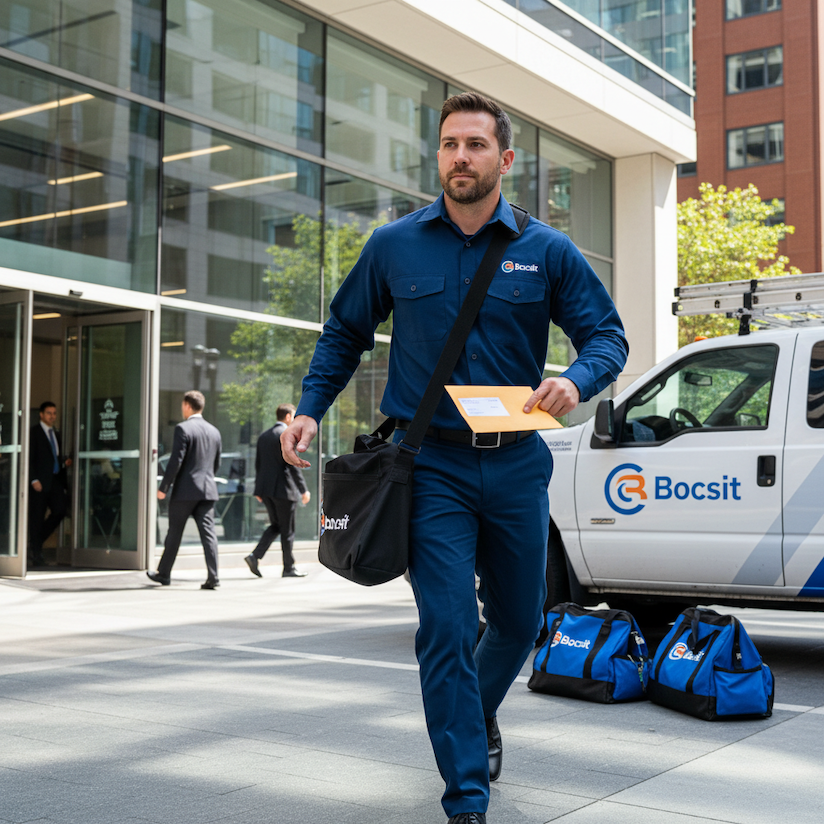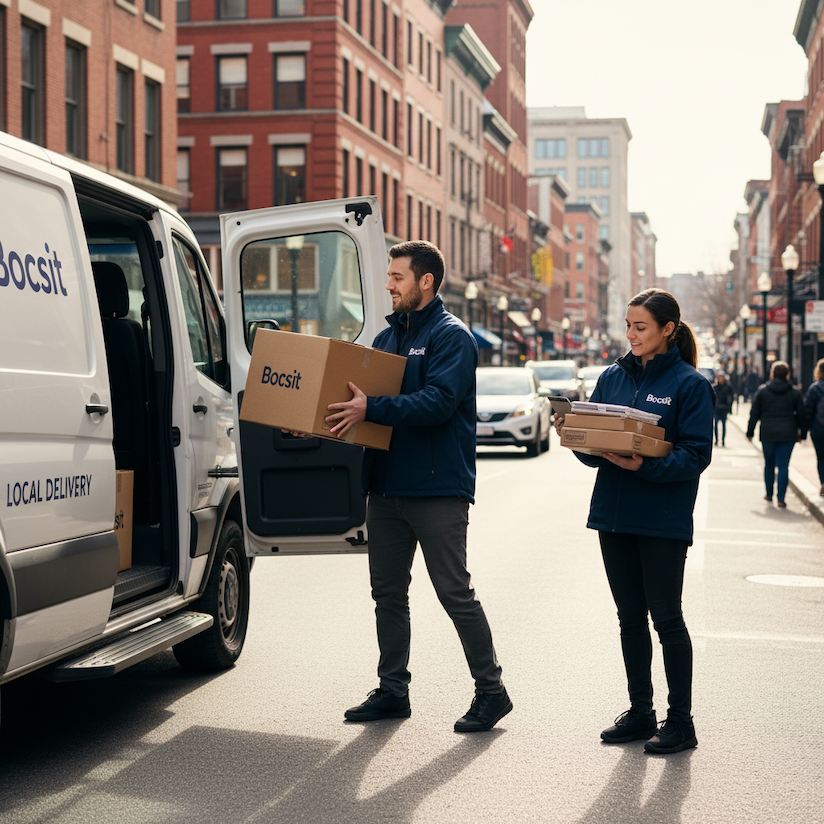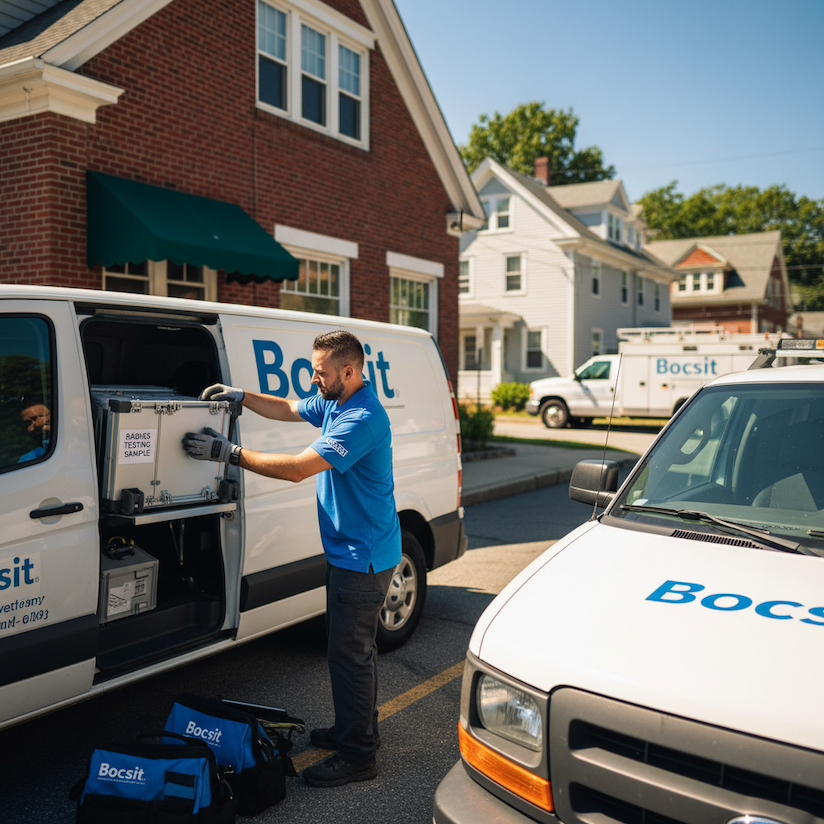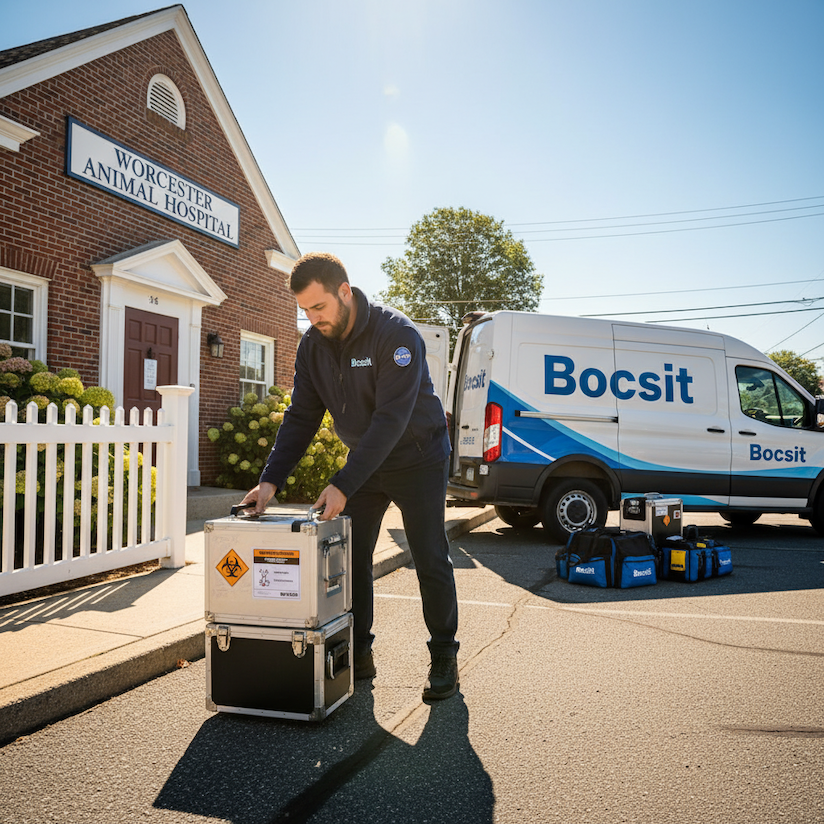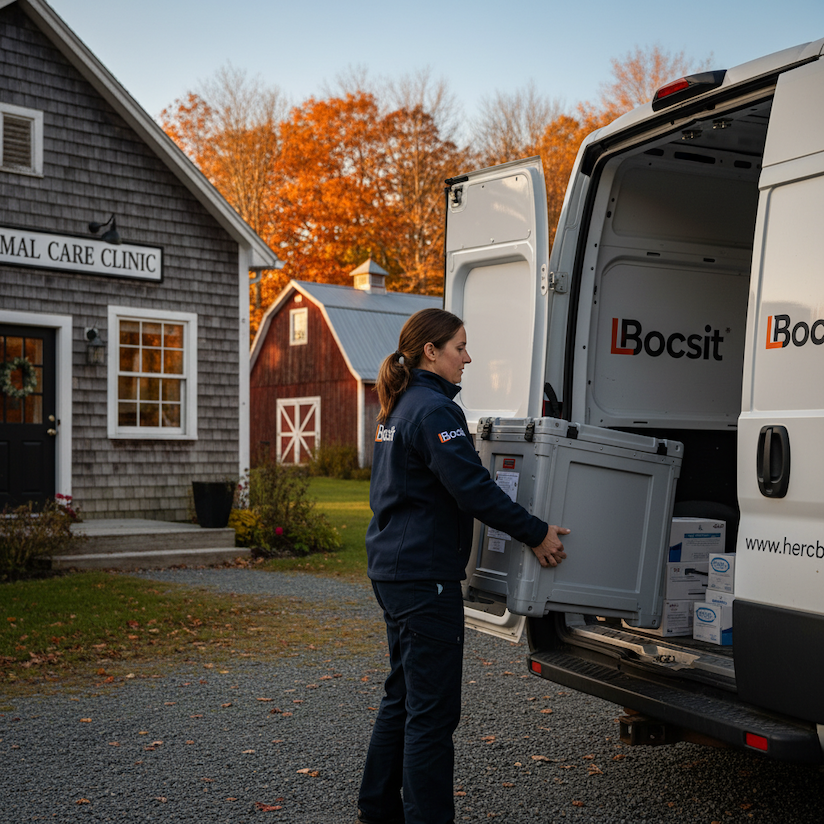Addressing Inequality in Access to Medical Deliveries in Underserved Communities

In an era where healthcare innovation leaps forward with each passing day, it's a stark reality that not everyone has equal access to these advancements. One of the most pressing issues in this regard is the inequality in access to medical deliveries in underserved communities. Whether due to geographical remoteness, socio-economic barriers, or systemic healthcare disparities, the gap in access to essential medical supplies and medications can have profound implications on the health and well-being of these populations. This blog delves into the root causes of this inequality and offers actionable solutions to bridge the gap, ensuring that everyone, regardless of their background or where they live, has access to the medical deliveries they need.
Understanding the Disparity
The disparity in medical delivery access is multifaceted, rooted in both historical and contemporary systemic issues. For many underserved communities, especially those in rural areas or low-income urban neighborhoods, the logistical challenges of delivering medical supplies are compounded by a lack of infrastructure, inadequate healthcare funding, and sometimes, a sheer shortage of healthcare providers. Additionally, socio-economic factors such as unemployment, lack of insurance, and educational barriers further exacerbate the issue, leaving vulnerable populations at an increased risk of health disparities.
The Impact of Inequality
The consequences of unequal access to medical deliveries are far-reaching. Communities that face these disparities often experience higher rates of chronic diseases, lower life expectancies, and poorer overall health outcomes. The lack of timely access to medications and medical supplies can lead to preventable complications, increased hospitalizations, and a greater burden on already strained healthcare systems. Ultimately, this inequality perpetuates a cycle of health and socio-economic disadvantage, making it harder for these communities to break free from the grip of poverty and poor health.
Solutions to Bridge the Gap
Addressing the inequality in access to medical deliveries requires a multi-pronged approach that involves stakeholders at all levels. Here are some solutions that can help bridge the gap:
- Invest in Infrastructure: Enhancing transportation and delivery infrastructure in underserved areas is critical. This includes improving road networks, expanding delivery services, and employing innovative delivery methods such as drones or mobile pharmacies.
- Leverage Technology: Digital health solutions, like telemedicine and online pharmacies, can help overcome geographical barriers. Ensuring these technologies are accessible and affordable for underserved communities is key.
- Strengthen Local Healthcare Systems: Investing in local healthcare facilities and providers ensures that once medical deliveries arrive, there are adequate resources and personnel to administer them effectively.
- Community-Based Solutions: Engaging with community leaders and organizations to understand specific needs and challenges can lead to more tailored and effective delivery solutions.
- Policy and Advocacy: Advocating for policies that address the root causes of healthcare inequality, such as insurance reform, healthcare funding, and social determinants of health, is essential for long-term change.
The Role of Partnerships
Collaboration between governments, healthcare providers, non-profits, and private sector companies can amplify efforts to address medical delivery disparities. Partnerships can pool resources, share knowledge, and innovate solutions that one entity alone might not be able to achieve. For example, a partnership between a pharmaceutical company and a logistics firm could develop a cost-effective delivery system specifically for remote areas.
The inequality in access to medical deliveries in underserved communities is a complex issue that requires thoughtful, concerted efforts to resolve. By understanding the roots of this disparity and implementing multifaceted solutions, we can make significant strides toward ensuring everyone has the healthcare access they deserve. It's not just about delivering medicine; it's about delivering hope, health, and equity.


